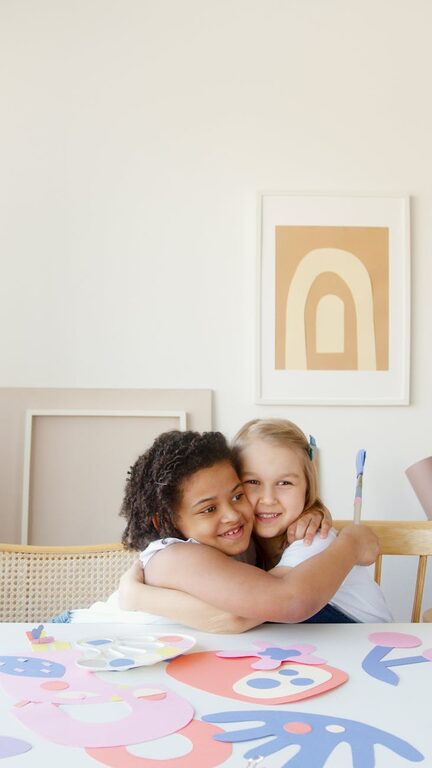
Tips for Keeping Kids’ Art Organized and Clutter-Free
Every parent knows how quickly children’s artwork can pile up. From colorful drawings to handcrafted projects, kids produce a lot of creative work that deserves to be treasured. However, without a system in place, these precious pieces can become overwhelming, cluttering your home and making it hard to enjoy them fully. The good news is that with a few simple strategies, you can keep your kids’ art organized while preserving their creativity and memories. Here are some practical tips to help you get started.
Why Organize Kids’ Art?
Children’s art is more than just paper and paint. It’s a record of their growth, imagination, and learning. Keeping it organized helps:
– Celebrate their creativity
– Reflect on their progress over time
– Avoid clutter and mess around the house
– Teach kids the value of caring for their belongings
Set Up a Dedicated Art Space
Create an Art Station
Having a designated art station encourages kids to produce and manage their artwork in one place. This space could include:
– A small table and chairs
– Art supplies in bins or drawers
– A display board or wall to showcase recent pieces
Use Containers and Bins
Use clear plastic bins, baskets, or magazine holders for sorting art supplies and finished work. Label them if possible to keep things easy for everyone.
Display Art Creatively
Rotate Artwork on Display
Choose a wall, a corkboard, or strings with clothespins to display current favorites. Rotate the artwork regularly, allowing new pieces to take the spotlight while older ones are stored.
Use Frames and Portfolios
Invest in a few frames specifically for kids’ art that can be switched out easily. Alternatively, simple portfolios or binders with plastic sleeves protect pieces while keeping them accessible.
Organize and Store Artwork Efficiently
Sort by Date or Theme
Create categories based on the child’s age, school year, or art style. Sorting makes it easier to find specific pieces later.
Take Photos and Create Digital Archives
For bulky or 3D art projects, taking photos is a space-saving way to preserve memories. Apps and cloud storage options make digital albums easy to create and share with family.
Use Art Storage Boxes
Flat, under-bed storage boxes or large art folders help keep physical artwork safe without taking up too much room. Label each box clearly to avoid confusion.
Teach Kids to Participate
Involve Children in the Process
Encourage your child to choose which pieces to keep, display, or recycle. This teaches decision-making skills and a sense of ownership.
Make Organization Fun
Turn sorting and arranging art into a game or a regular family activity. Playing music or setting timers can make the task enjoyable and engaging.
Repurpose and Share Artwork
Create Gift Wrap or Cards
Use drawings and paintings to craft personalized gift wrap, greeting cards, or bookmarks. This gives a second life to art pieces and shares creativity with others.
Make a Photo Book
Compile photographs of artwork into a printed photo book each year. These books are easy to store, look great on a shelf, and make wonderful keepsakes.
Donate or Gift to Family
Ask grandparents or other family members if they’d like to receive pieces as gifts. This spreads joy and reduces the pile at home.
Maintain a Regular Routine
Scheduling regular review sessions helps keep your system effective. Set a monthly or seasonal appointment to go through new artwork, update displays, and store or recycle appropriately. This prevents accumulation and keeps your home organized.
Conclusion
Organizing kids’ art doesn’t have to be stressful or complicated. By setting up designated spaces, displaying creatively, storing thoughtfully, involving your child, and maintaining a regular routine, you can celebrate their creativity without the clutter. Give these tips a try to enjoy a home filled with cherished memories—and tidy walls!
